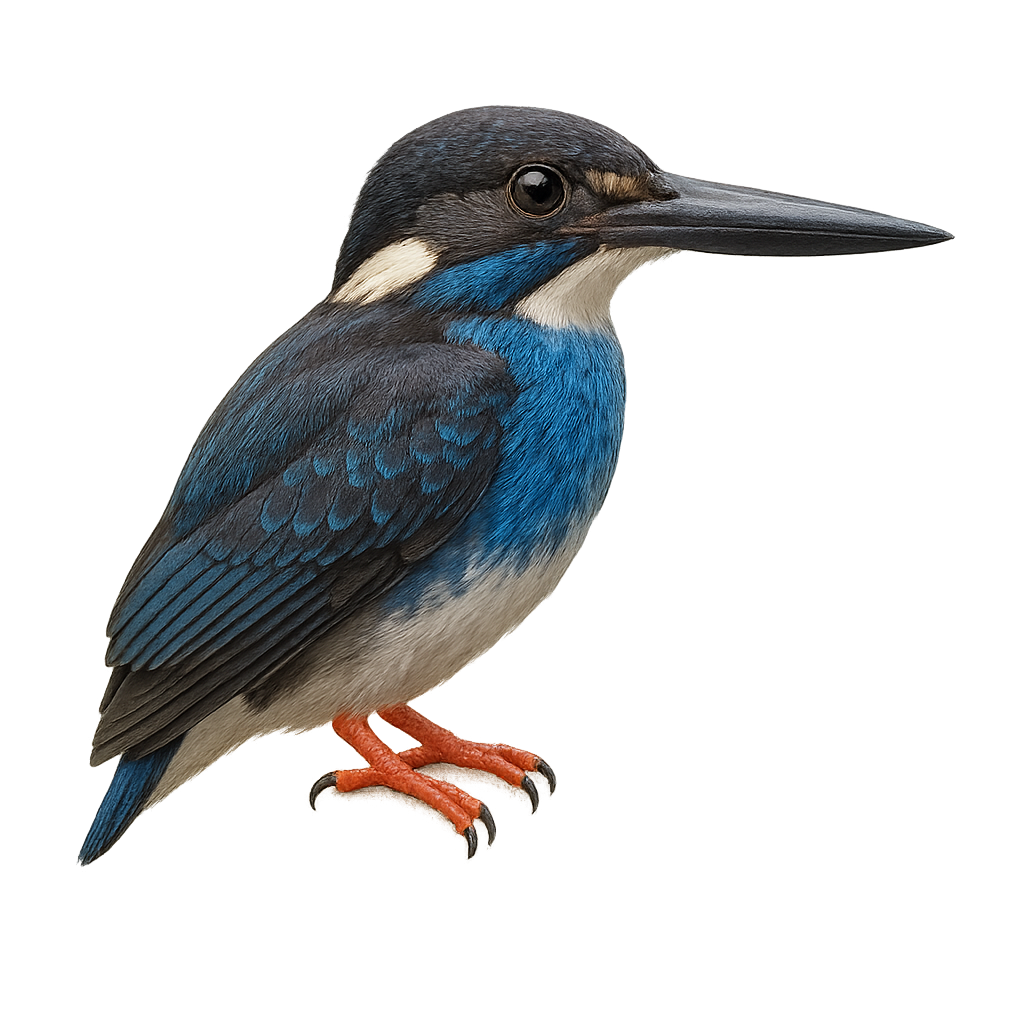Your wildlife photography guide.
Explore the malaysian blue-banded kingfisher in detail, study its behavior, prepare your shots.
Where to observe and photograph the malaysian blue-banded kingfisher in the wild
Learn where and when to spot the malaysian blue-banded kingfisher in the wild, how to identify the species based on distinctive features, and what natural environments it inhabits. The WildlifePhotographer app offers tailored photography tips that reflect the malaysian blue-banded kingfisher’s behavior, helping you capture better wildlife images. Explore the full species profile for key information including description, habitat, active periods, and approach techniques.
Malaysian Blue-banded Kingfisher
Scientific name: Alcedo peninsulae

IUCN Status: Least Concern
Family: ALCEDINIDAE
Group: Birds
Sensitivity to human approach: Suspicious
Minimum approach distance: 10 m
Courtship display: March to April
Incubation: 21-23 jours
Hatchings: March to May
Habitat:
Tropical rainforests, mangroves
Activity period :
Primarily active during the day, with peak activity in the morning and late afternoon.
Identification and description:
The Malaysian Blue-banded Kingfisher, Alcedo peninsulae, is a fascinating bird primarily inhabiting the tropical rainforests and mangroves of the Indo-Malayan region. This small bird, measuring about 16 cm in length, is recognizable by its bright blue plumage, darker blue wings and tail, and orange chest. It primarily feeds on small fish and aquatic insects, which it captures by diving precisely into the water. Although discreet, it is often spotted thanks to its sharp, piercing call. Its presence is an indicator of the health of the aquatic ecosystems it inhabits.
Recommended lens:
400mm – adjust based on distance, desired framing (portrait or habitat), and approach conditions.
Photography tips:
To photograph the Malaysian Blue-banded Kingfisher, it is advisable to use a telephoto lens of at least 400mm to capture detailed images without disturbing the bird. Look for areas near water where it is likely to hunt. Be patient and discreet, as this bird is suspicious. Use a tripod to stabilize your camera and wait for the right moment when the bird dives or perches. Morning or afternoon light is ideal for capturing vivid and natural colors.
The WildlifePhotographer App is coming soon!
Be the first to explore the best nature spots, track rutting seasons, log your observations, and observe more wildlife.
Already 1 439 wildlife lovers subscribed worldwide

